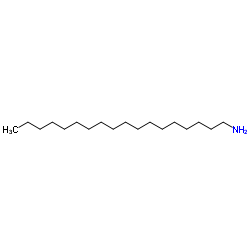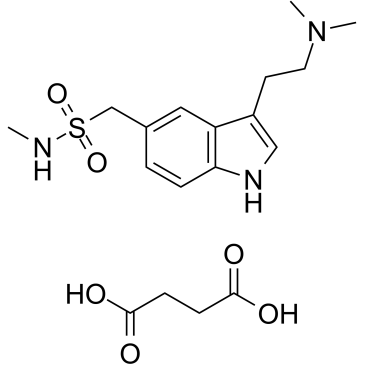| Structure | Name/CAS No. | Articles |
|---|---|---|
 |
Octadecanamine
CAS:124-30-1 |
|
 |
Sumatriptan succinate
CAS:103628-48-4 |
|
 |
Dicetylphosphate
CAS:2197-63-9 |